Mosquitoes
Garcia MI, Murúa AF, Díaz-Nieto LM, Acosta JC, de Los Ríos C, Cano FA, & Blanco GM. 2019
Assessment of the predatory capacity on mosquito larvae of Jenynsia multidentata (Anablepidae) in presence of vegetation under laboratory conditions.
Iheringia Série Zoologia 109, 1-6.
Larvivorous fish have been studied as potential biocontrol agents of mosquito larvae and pupae through their trophic interactions. The use of native fish for mosquito control may have benefits for both aquatic biodiversity and human health. Evaluating the effect of vegetation on the predatory efficacy is fundamental to determine if this species can be used as a biocontrol agent. With the aim of evaluating Jenynsia multidentata (Jenyns, 1842) as a biocontrol agent of Culex pipiens Linnaeus, 1758, we tested its predatory capacity in the presence or absence of aquatic vegetation under laboratory conditions. Two independent experiments were conducted. Larval consumption at a density of 60 larvae (6 larvae/l) was significantly reduced with the vegetation increased. On the other hand, when the larval density was 120 (12 larvae/l), the predatory capacity of J. multidentata did not vary in the presence or absence of vegetation. This result indicated that vegetation effect on consumption could be related to prey density, since at the higher density of prey the probability of predator-prey encounter might be increased. Jenynsia multidentata is a good consumer in presence of vegetation and could be used as a potential biocontrol agent of mosquito larvae in natural environments with similar characteristics to the ones tested in these experiments.
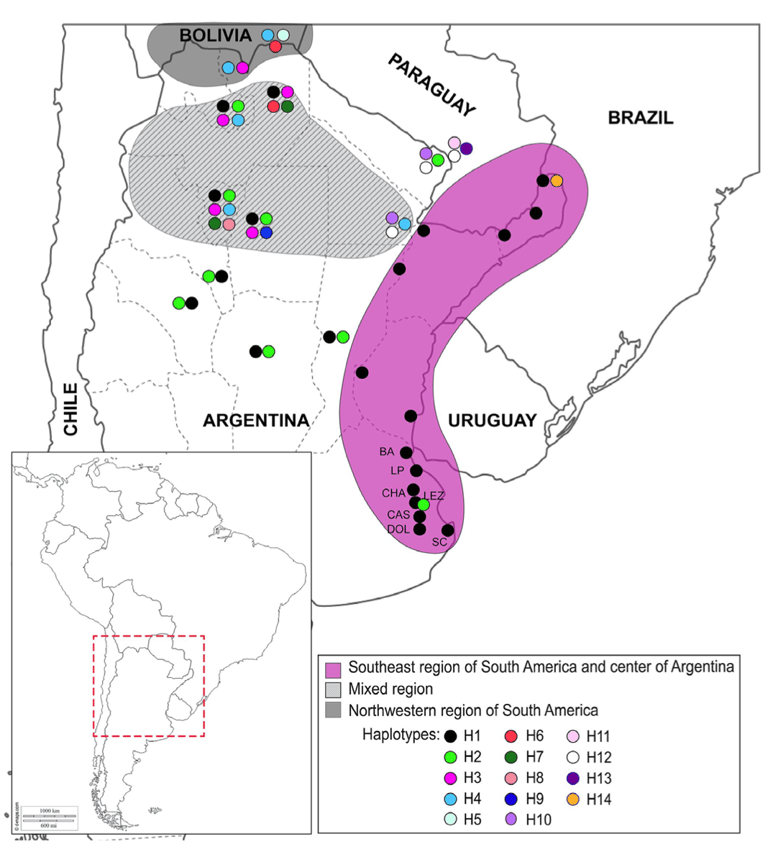

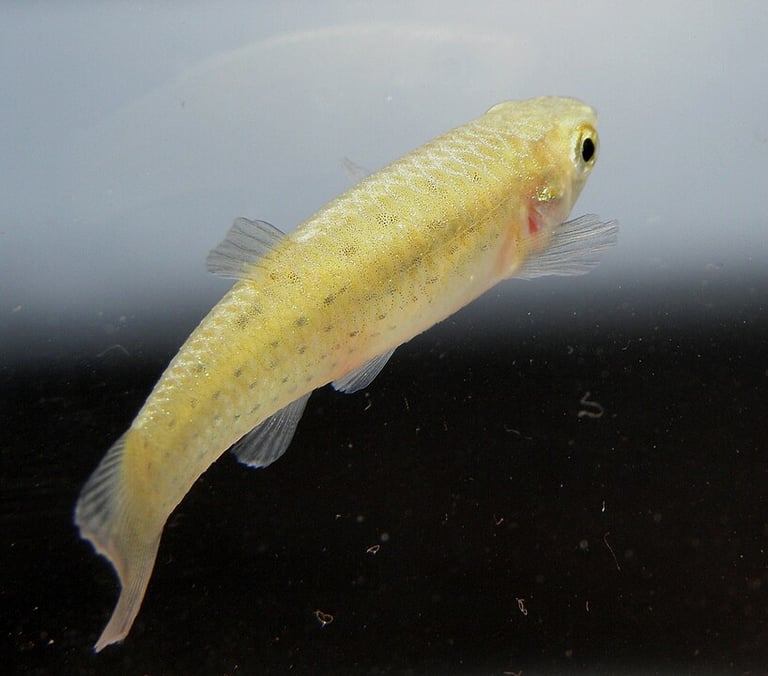

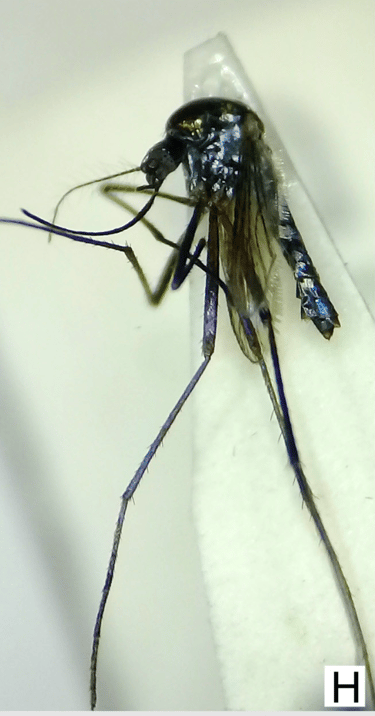

Illa E, Murúa F, Aballay F H, Cano F, Salvá L, Berón C, & Díaz-Nieto L M. 2024
Aedes (Stegomyia) aegypti in ditches from an arid region of Argentina.
Journal of Arid Environments 223, 105194.
Aedes aegypti is the primary vector of dengue worldwide and is able to transmit several other arboviruses of public health importance. Despite extensive research on its ecology throughout the world, limited attention has been given to arid regions. The province of San Juan is an arid region of Argentina with unique climatic char- acteristics commonly known as the “monte ecoregion”. It has scarce precipitation and, therefore, has a network of irrigation canals that supply water to the region. The canal system is outdated, poorly maintained and, accumulating small bodies of water of anthropic origin. Urban ditches were checked from January to December 2019, and during January to June, 771 immature specimens of A. aegypti were found. In this work, we report the presence of A. aegypti in ditches, describing for the first-time new breeding sites that, despite their extreme physical and chemical properties, were used as successful larval habitats. The remarkable adaptability of A. aegypti in this breeding sites raises concerns about the possible detection and spread of dengue cases in the province. The alarming expansion of dengue cases in the region further highlights the urgent need to take control measures against this insect.
Carrizo Páez RE, Carrizo Páez MA, & Murúa AF. 2016
Primer registro de Aedes aegypti (Diptera: Culicidae) en San Juan, Argentina [First record of Aedes aegypti (Diptera: Culicidae) in San Juan, Argentina].
Revista de la Sociedad Entomológica Argentina 75, 93-95.
The aim of this paper is to report the first record of Aedes aegypti (Linnaeus) from the semi-arid Province of San Juan, in central-west Argentina, which allows the province to be included in the area of potential risk of arbovirus transmission.
Díaz Nieto LM, Murúa AF, Cano FA, Laurito M, Almirón WR, & Salvá L. 2020
New records of Culicidae (Diptera) in agricultural oases of San Juan Province, Argentina.
Check List 16, 1085-1093.
We report eight new Culicidae records from San Juan province, Argentina: Anopheles argyritarsis Robineau-Desvoidy, 1827; Anopheles neomaculipalpus Curry, 1931; Culex acharistus Root, 1927; Culex apicinus Philippi, 1965; Culex maxi Dyar, 1928; Culex quinquefasciatus Say, 1823; Culex saltanensis Dyar, 1928; and Haemagogus spegazzinii Brethes, 1912. The geographic distribution of Aedes aegypti (Linnaeus, 1762), Aedes albifasciatus (Macquart, 1838), Anopheles pseudopunctipennis Theobald, 1901, Culex pipiens Linneaus, 1758, Culex tramazayguesi Duret, 1954, and Psorophora cyanescens (Coquillet, 1902) is extended. Data on collection localities, types of breeding sites and health importance are also presented.
Image: Chucao
Image: LM Díaz Nieto
Murúa AF, Díaz-Nieto LM, & Florencia, C. 2018
Arañas, Alacranes y Mosquitos de Importancia Sanitaria en San Juan: Explorando caminos de encuentro con la naturaleza [Spiders, Scorpions and Mosquitoes of Health Importance in San Juan: Exploring paths of encounter with nature]
San Juan: Universidad Nacional de San Juan; 113 pp.
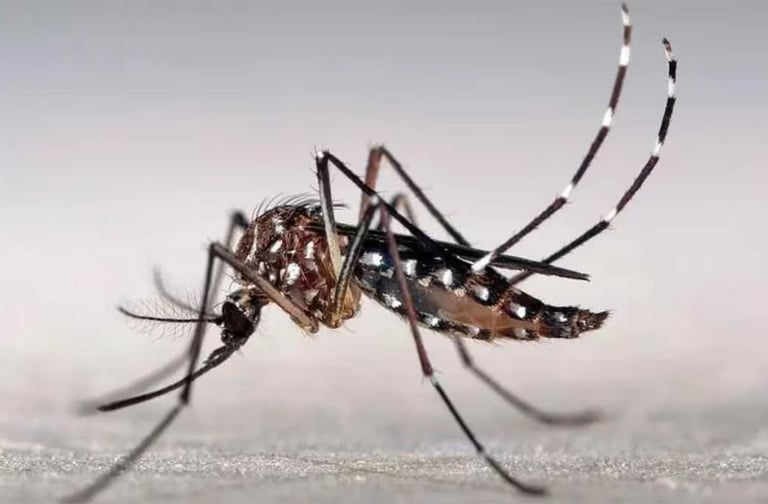

Battaglia ME, Díaz-Nieto LM, & Berón CM. 2021
Molecular tool for monitoring the safety of Aedes (Stegomyia) aegypti Rockefeller rearing in arthropod containment facilities.
Revista Brasileira de Entomologia 65, e20200115.
The interest in and use of Aedes (Stegomyia) aegypti (Linnaeus) (Diptera: Culicidae) insectary lines increased in most laboratories around the world since the recognition of the transmission of human and animal pathogens by this mosquito species, resulting in further scientific research on tropical diseases and vectors, and the development of chemical and biological products for mosquito populations control. In recent years, approaches to mosquito populations reduction have focused on new technologies that include the release of Wolbachia-infected lines, genetically modified vector and insects subjected to radiation in the Sterile Insect Technique. In order to evaluate some of these techniques, it is essential to count with wild A. aegypti populations and the reference strain, accurately identified, maintained under laboratory conditions. This work proposes a new tool to monitor possible exchanges between reference mosquito strain and wild native populations of A. aegypti in neighboring areas, or between different lines in the same insectary. We aligned and compared ND5 gene fragments of A. aegypti from diverse sources, finding a region with putative Single Nucleotide Polymorphisms between individuals of Rockefeller (Rock) strain and different wild A. aegypti populations. These polymorphic sites in the molecular marker, allowed us to discriminate Rock reference strain from the wild A. aegypti haplotypes found in the southeast of Argentina and bordering areas with Brazil, Uruguay and Paraguay, and it can be useful as a tool for regulatory entities of mosquito insectaries at different Arthropod Containment Levels.
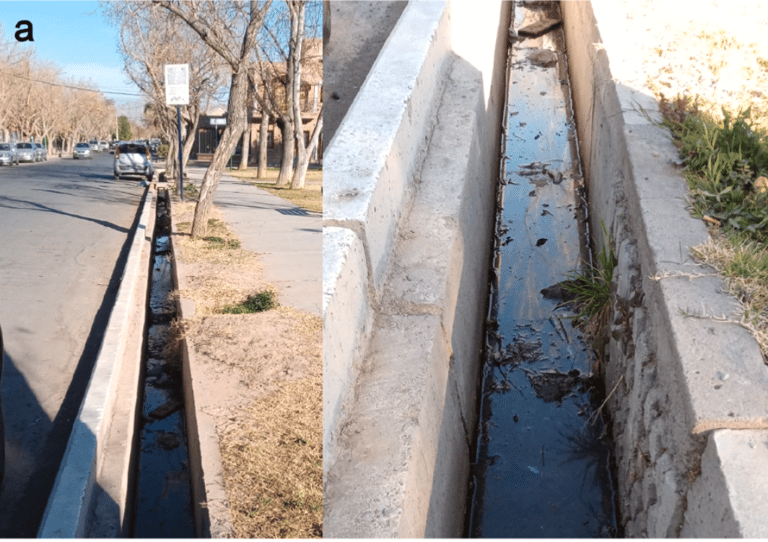

Díaz-Nieto LM, Chiappero MB, Díaz de Astarloa C, Macia A, Gardenal CN, & Berón CM. 2016
Genetic evidence of expansion by passive transport of Aedes (Stegomyia) aegypti in eastern Argentina.
PLoS Neglected Tropical Diseases 10, e0004839.
Berón CM, Campos RE, Gleiser R, Díaz-Nieto LM, Salomón OD, & Schweigmann N (eds). 2016
Investigaciones sobre Mosquitos de Argentina [Research on Mosquitoes in Argentina].
Mar del Plata: Universidad Nacional de Mar del Plata; 380 pp.
Díaz-Nieto L M, Berrón CI, Maciá A, & Berón CM. 2016
Taxonomía molecular de mosquitos [Molecular taxonomy of mosquitoes].
In: Investigaciones sobre Mosquitos de Argentina [Research on Mosquitoes in Argentina]. Berón CM, Campos RE, Gleiser R, Díaz-Nieto LM, Salomón OD, & Schweigmann N (eds). Mar del Plata: Universidad Nacional de Mar del Plata; 33-45.
Díaz-Nieto LM, Maciá A, Perotti MA, & Berón CM. 2013
Geographical limits of the southeastern distribution of Aedes aegypti (Diptera, Culicidae) in Argentina.
PLoS Neglected Tropical Diseases 7, e1963.
Díaz-Nieto LM, Maciá A, Parisi G, Farina JL, Vidal-Domínguez ME, Perotti MA, & Berón CM. 2013
PLoS ONE 8, e75516.
Murúa F, Coria C, Acosta JC, Ratti D, & Almirón W. 2005
Evaluación del efecto larvicida de tierra de diatomeas sobre Culex pipiens L. (Diptera, Culicidae) [Evaluation of the larvicidal effect of diatomaceous earth on Culex pipiens L. (Diptera, Culicidae)]
Multequina 14, 53-56.